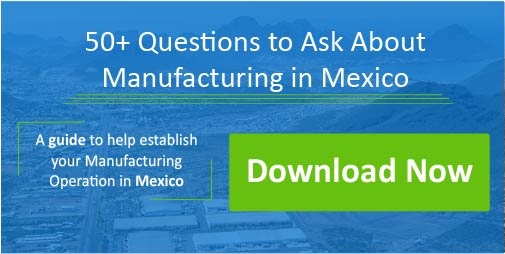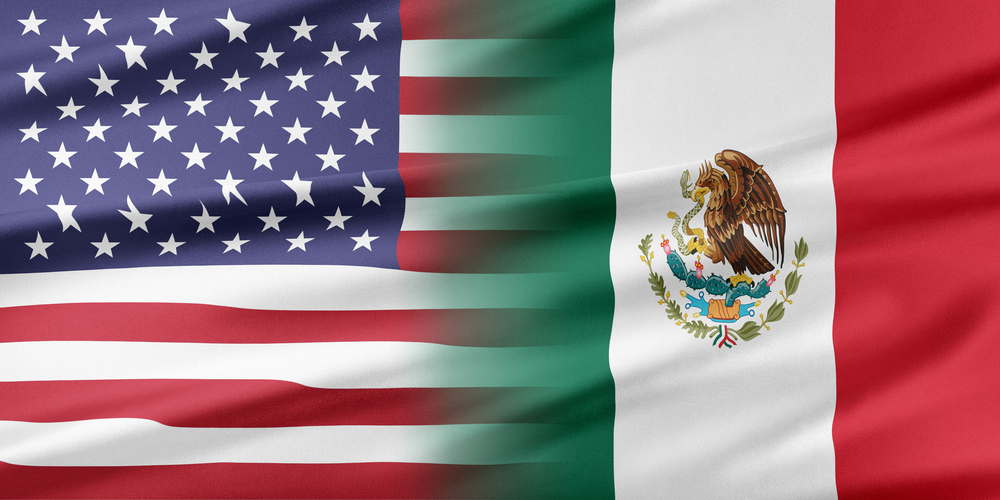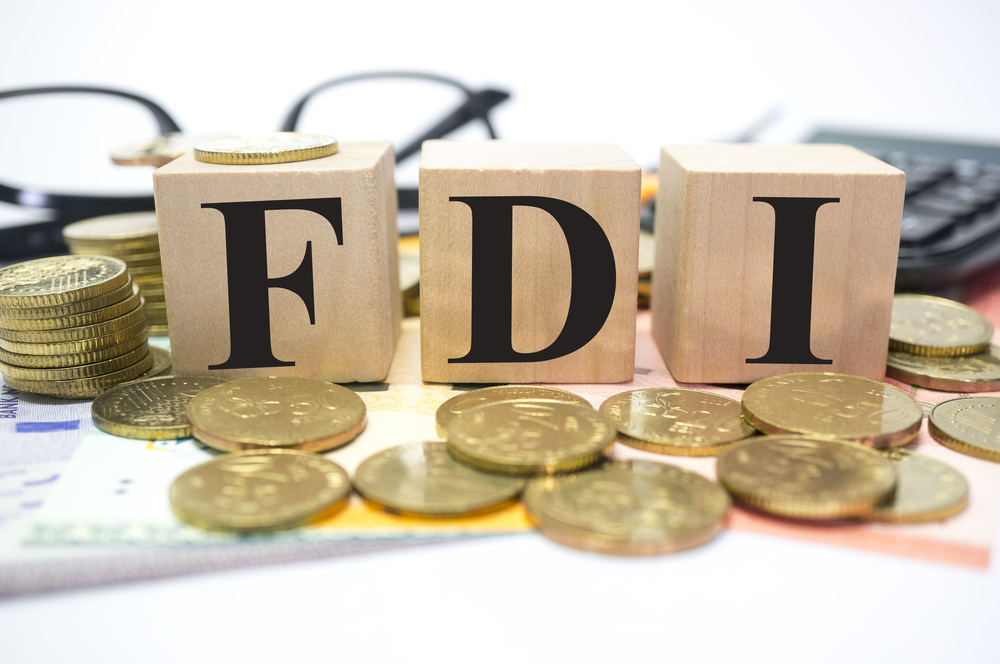In 2016, Mexico manufacturing had important advancements in technological innovation, infrastructure, foreign investment, education, regulation and the economy. Take a look at some of the most notable advances and setbacks for manufacturing in Mexico during 2016:
Infrastructure
This year, a new energy regulatory framework was developed around the 2013 Energy Reform that opened up the energy market to investors after 75 years of state monopoly. The 2016 change now provides opportunities for different areas in the Mexican energy sector. The power and electric market work with private and state enterprises to generate clean energy and provide power at a lower cost. By 2018, the oil industry will become globally competitive from joint ventures that operate within international parameters.

One of the top investments for Mexico in 2016 was its infrastructure. The improvement of Mexico’s infrastructure is part of the national infrastructure program of 2014-2018 with funding specifically for transportation infrastructure of $100 billion through 2018. Specifically, progression in the rail system has been an important focus on improving logistics throughout the country. The 16607 miles of railway links to major seaports and connect industrial areas in both the U.S. and Mexico. Investment in Mexican transportation prompted U.S. transportation investment, as Union Pacific finished the first phase of its $90 million expansion project in 2016 for North Laredo, TX.
During the 2015 - 2016 school year, there were 3.6 million students enrolled in public higher education; 278 of those institutions were technical schools. The pipeline for students entering into manufacturing and engineering programs is growing, as 14% of high school students in Mexico are enrolled in technical training programs.
Trade and Investment
In 2016, many OEMs continued to open new plants in Mexico including Ford, Carrier, Cisco, KIA and GM - to name a few. The OEMs influenced many supply chains to also move or consider expanding into Mexico.

Mexico exported about $306231.917 million globally in 2016, with manufactured products gaining the bulk of the shipments at 83% and automobile manufacturing accounting for 26% of the shipments.
While political and business activity involving Mexican manufacturing was constantly displayed in the U.S. media, 2016 brought many uncertainties to trade and the economy in Mexico. The U.S. election of Donald Trump raised questions about his criticism towards NAFTA, the North American Free Trade Agreement, and the future of trade between Mexico and the U.S.
Technological innovation
3-D printing, or additive manufacturing, became better known and was adopted as a low cost product development technology for industrial manufacturing. In June 2016, a 3D printing center was made available at the Universidad Panamericana in Guadalajara, Jalisco, so students could experiment and become familiar with the technology. The Universidad Panamericana in Guadalajara made 3D printing available to students from every department, which will enable greater industry performance for years to come.

IIOT or, the industrial internet of things, enables process optimization for manufacturing. Through IIOT data collection, machine learning helps create a more efficient production line that is still in its early stages and poses some questions about data security and complete optimization; but it does promise an economic revolution. IIOT is said to help with advanced analytics and its effectiveness in production. In September 2016, a security framework was implemented to further progress the development of IIOT. This new form of connected industry was tested in the gulf of Mexico and seen as a success.
Economy and Regulations
Citibank announced that it will invest $1 Billion by 2020, and changed the name of the National Bank of Mexico, Banamex, to Citibanamex. The beginning of 2016 showed economic and GDP growth, but manufacturing activity slowed in the third quarter.

The peso dropped in value following a low performance during the month of September, right before the Federal Reserve met to decide the fate of the U.S. dollar. That month the peso sold at $20.06 MDD to $1 USD, the lowest on record.
Tax amendments made by the Mexican Congress in October 2016 affected the Income Tax Act, the Value Added Tax Act, and the Federal Tax Code. The amendments were made to taxable revenue treatments, deductible payments from subcontracting, better tax incentive for Research and Development, and a paid VAT on specific subcontracted labor; they will take effect January 1, 2017.
Subscribe
Sign up and stay informed with tips, updates, and best practices for manufacturing in Mexico.






